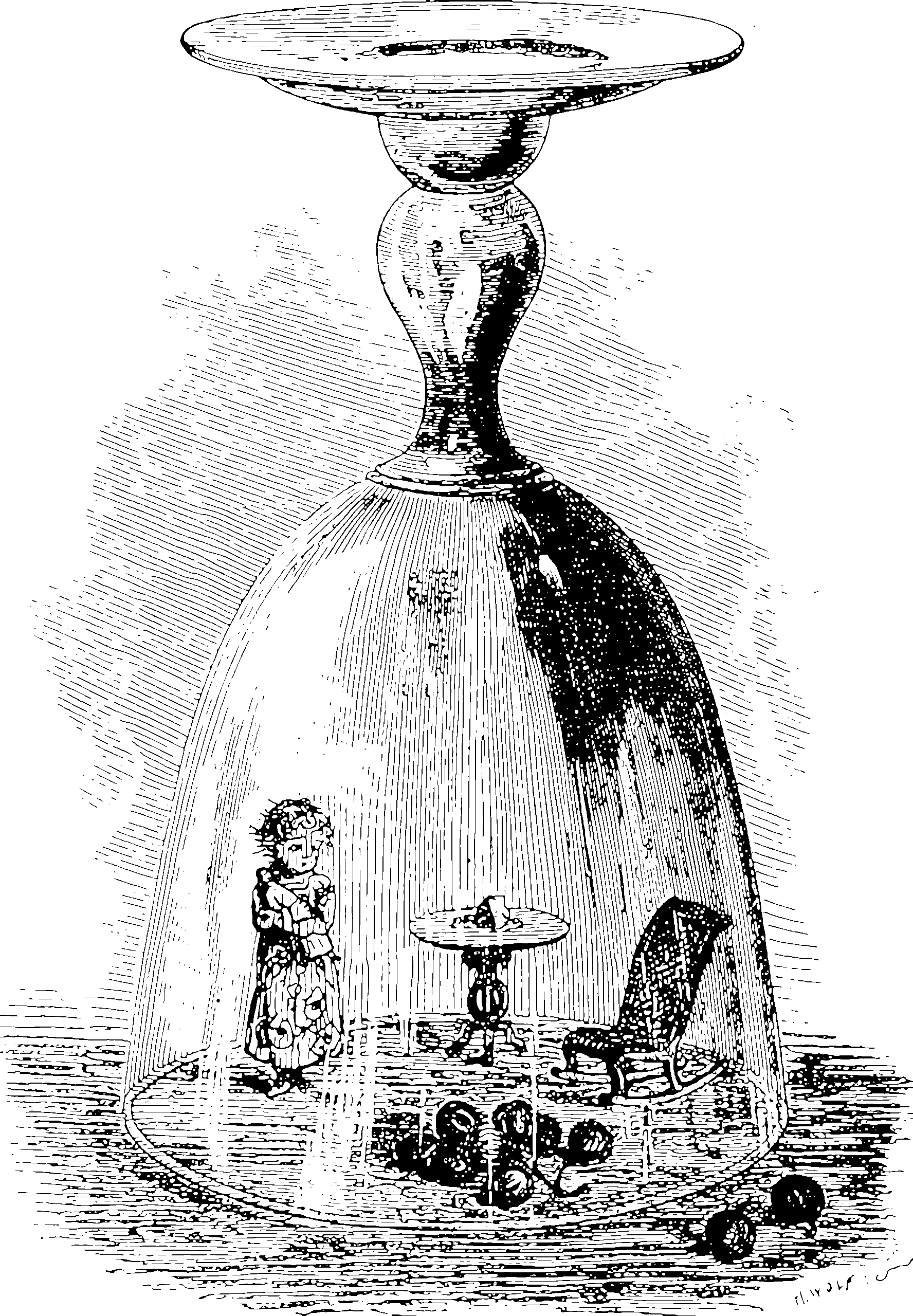Subculture dynamics
Coalitions, scenes, fandoms, subcultures, normies, hipsters, sects, and tribes at scale
December 17, 2018 — November 24, 2024
Suspiciously similar content
Content warning:
Comparison of groups here by their structural similarities is not to imply moral equivalence or endorsement of said groups. Groups you like and groups who offend you might both have similar dynamics.
Many group dynamics things feel like we could handle them from a higher level of coarse graining. Here are some useful tools for thinking about how groups form and maintain themselves.
Red-queen signalling + genres + group dynamics intersect in the dynamics of scenes and subcultures. Also memetics.
1 Superorganisms
See human superorganisms.
2 In opposition to the other
3 Voice and exit and adverse selection
See voice and exit.
4 Communities of last resort
DRMacIver: Ladders between communities discusses this, and I think it is worth thinking about under the banner of emancipating my tribe.
5 Fostered by the internet
Thou Profoundest Hell - Adam Elkus
If you want to make a certain kind of impressionable person miserable for life, you give them something that will make them feel superior to others without actually raising their status in the world. The cognitive dissonance of feeling better than the “phonies” but watching the phonies thrive is a recipe for wild mood swings, self-loathing, and raw toxicity. Welcome to hell. A hell mostly of one’s own making, but nonetheless as punishing and painful as anything out of Milton or Dante. And like a lot of things these days, the portal to this nightmarish dimension is the Internet.
[This place] fits a general pattern that is, unfortunately, discernible in specialist communities that flock to particular consumer products, political movements, technical tools, and many other similar things. People watching these communities will often be astonished by the way they move almost seamlessly from arrogant euphoria to deep and dark depression. Every victory is a decisive rout, every defeat is proof that the world is ending. …
This place merges the elitism and snobbery of Tarver’s Lisp hackers with the parochialism of rural villages. The people with optionality start to trickle off, and the people who remain are true believers and those who have no future outside the community. The dead-enders alternate between repeated collective rageouts against the external world and internal infighting. Initially the anger, frustration, and gloom is directed towards the outside world. Then inevitably the internal backbiting begins once “our tribe against the world” fails to become a unifying device that staves off the internal entropy building inside the community.
It is both intensely cynical and intensely romantic. It often suspects the worst about the “normies” but nonetheless at least subconsciously craves their approval. It sees the world as a hollow, desiccated shell but nonetheless has a childish faith somehow in particular objects of fixation and aesthetic attitudes. It is a machine for generating not only self-doubt but also self-fulfilling prophecies of rejection. And it comes equipped with the convenient fallback of “I never wanted your love anyway!” when rejection, in fact, occurs. Even if this fallback may not really express what is actually desired at heart. At the end of the day, it manages these contradictions by eschewing practical action in favour of elaborate expressive displays.
6 Geeks, MOPs, sociopaths and beacons
David Chapman’s Geeks, MOPs, and Sociopaths In Subculture Evolution is a classic essay on the ecological transition of self-gatekeeping online communities.
It is not the only way things go wrong, but if you haven’t seen and named it, it is harder to spot than it needs to be.
Benjamin Ross Hoffman in On the construction of beacons wrote a follow-on that I think is better:
In David Chapman’s geeks, MOPs, and sociopaths, “geeks” are the originators of subcultures. They are persons of refined taste and discernment. They found subcultures by discovering or creating something they believe to be of intrinsic value. The originators of this information share it with others, and the first to respond enthusiastically will be other geeks, who can tell that the content of the message is valuable.
Eventually, enough geeks congregate together, and the thing they are creating together becomes valuable enough, that people without the power to independently discern the source of value can tell that value is being created. These Chapman calls “Members Of the Public”, or “MOP”s. …
In the right ratios, MOPs and Geeks are symbiotes. The MOPs enjoy the benefits of the thing the geeks created, and are generally happy to share their social capital, including money, with the geeks.
But from another perspective, MOPs are an exploitable resource, which the geeks have gathered in one place but are neither efficiently exploiting, nor effectively defending. This attracts people following a strategy of predating on such clusters of MOPs. These predators, whom Chapman names “sociopaths,” do not care about the idiosyncratic value the geeks are busy creating. What they do care about, is the generic resources - attention, money, volunteer hours, social proof - that the MOPs provide.
7 Subcultures of note
Social Justice. e.g. Emma Sarappo, How Tumblr Taught Social Justice to a Generation of Teenagers.
MRAs
Mark Greif, 2010, what was the hipster?:
Indeed, the White Hipster—the style that suddenly emerged in 1999—inverted Broyard’s model to particularly unpleasant effect. Let me recall a string of keywords: trucker hats; undershirts called “wifebeaters,” worn alone; the aesthetic of basement rec-room pornography, flash-lit Polaroids, and fake-wood paneling; Pabst Blue Ribbon; “porno” or “paedophile” moustaches; aviator glasses; Americana T-shirts from church socials and pig roasts; tube socks; the late albums of Johnny Cash; tattoos.…
These were the most visible emblems of a small and surprising subculture, where the source of a priori knowledge seemed to be nostalgia for suburban whiteness. As the White Negro had once fetishized blackness, the White Hipster fetishized the violence, instinctiveness, and rebelliousness of lower-middle-class “white trash.”
Hm.
The vast network of fandoms.
8 Contrarian dynamics
Barber pole dynamics, early adopters, etc. See Red-queen signalling, stroppiness.
9 Norms within
TBD
10 Aesthetics of
11 Incoming
Gwern, The Melancholy of Subculture Society has a festival of this kind of thing in the footnotes. Segmentation faults: how machine learning trains us to appear insane to one another.
- Jeff Maurer, The Great Dumbening
- Packy McCormick Amplified Tribalism
- Irrational Institutions #2 File under filter bubbles, reality bubbles, subculture dynamics.
A Cyclic Theory Of Subcultures
I find Peter Turchin’s theories of civilizational cycles oddly helpful here, maybe more so for understanding subcultures than for civilizations themselves.


